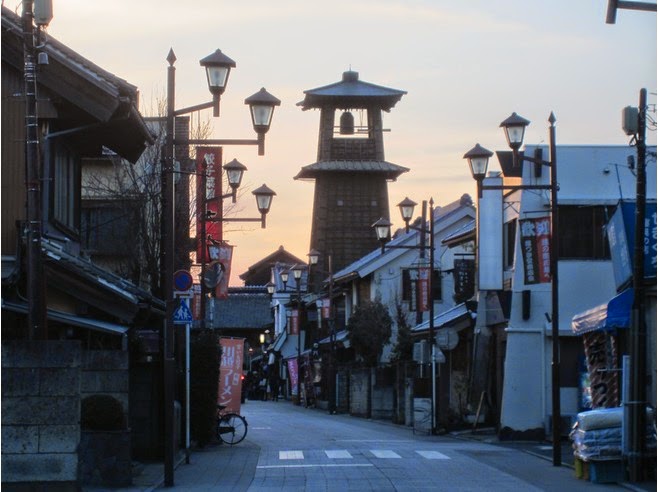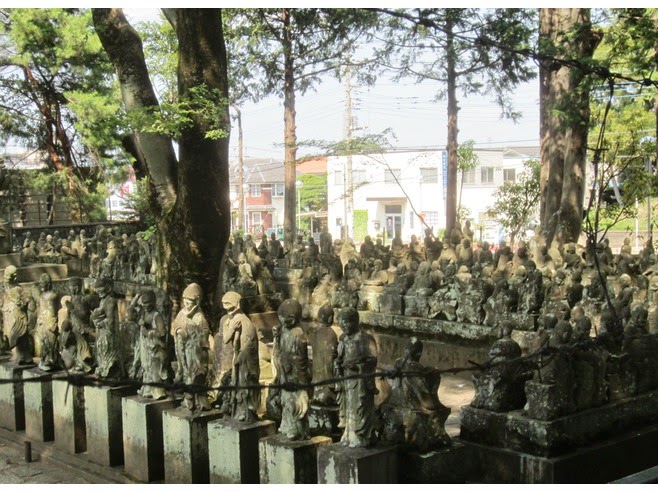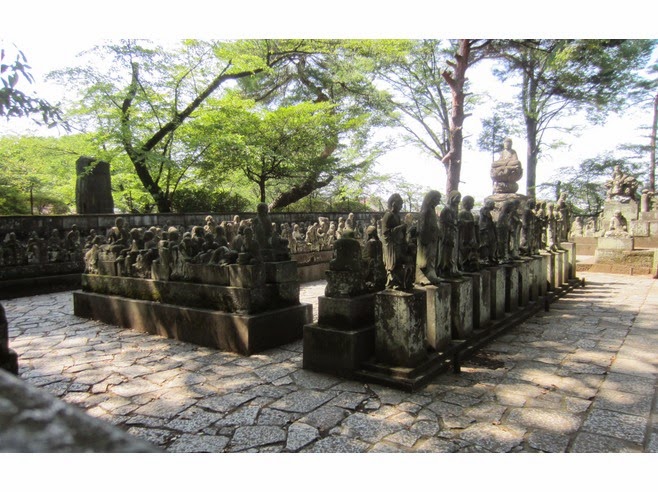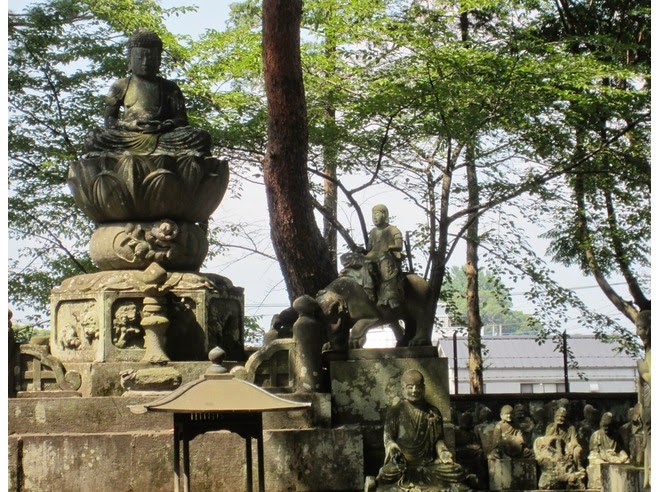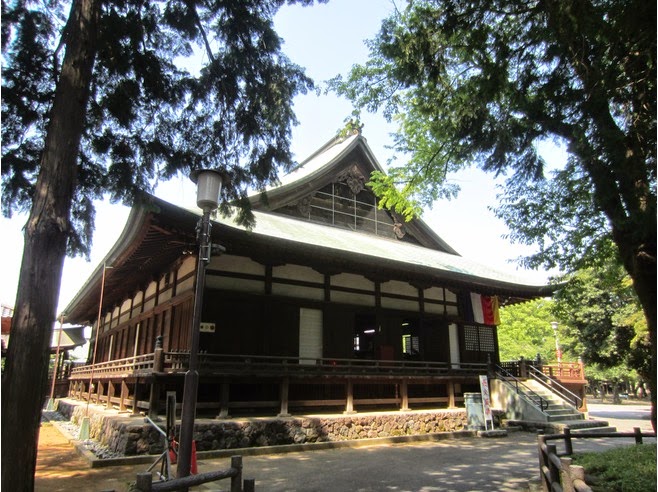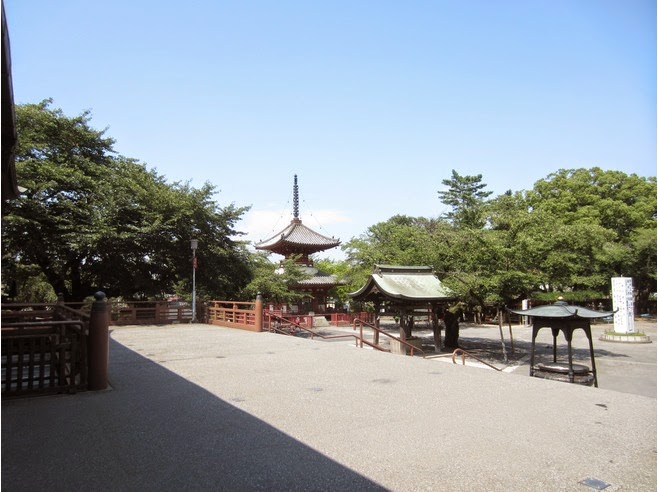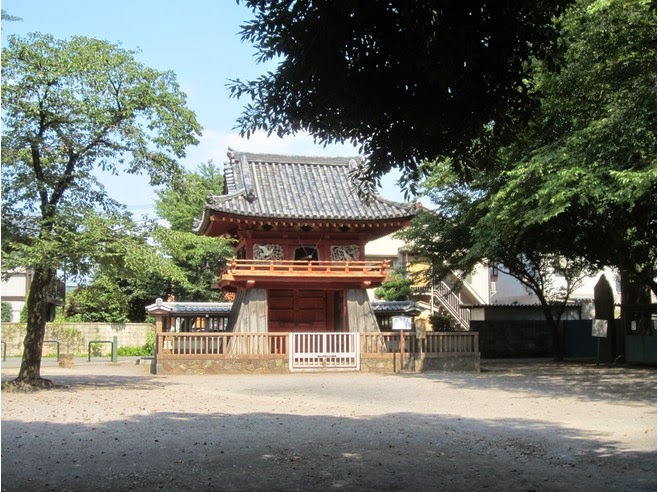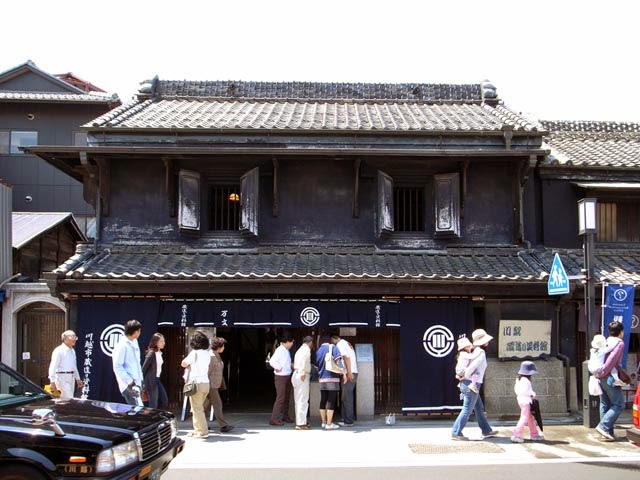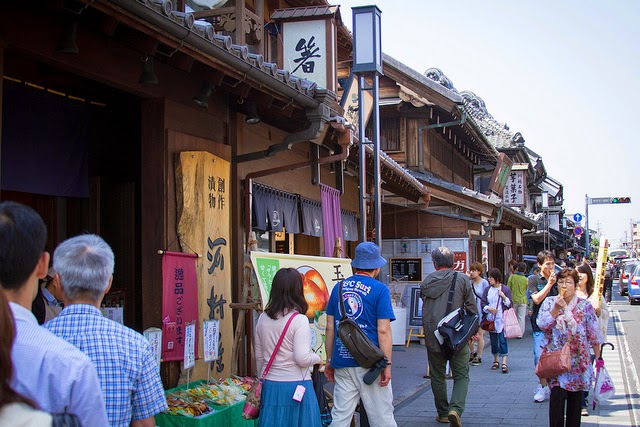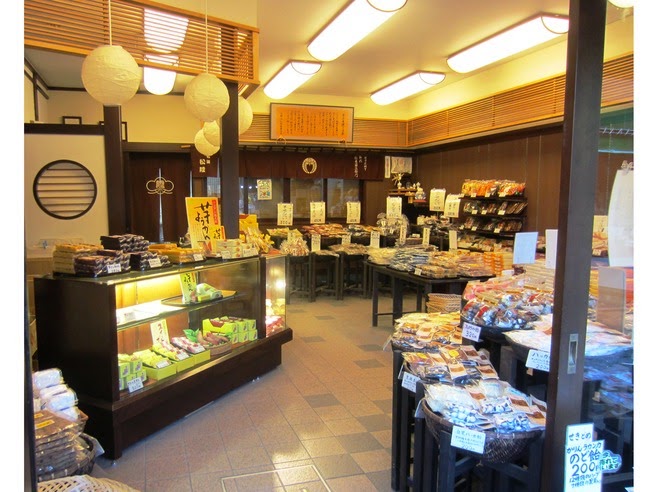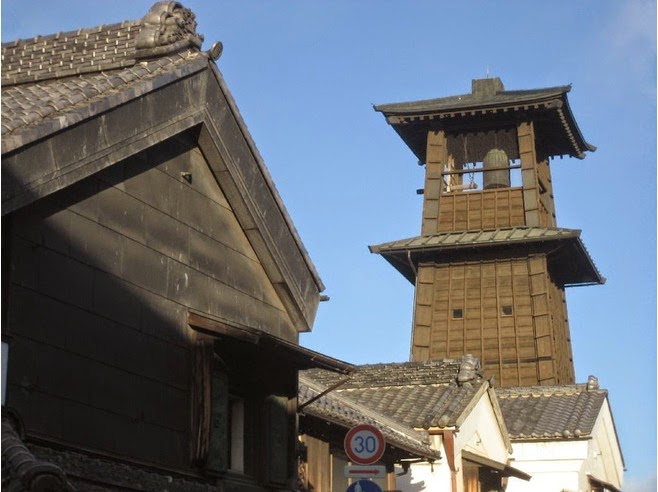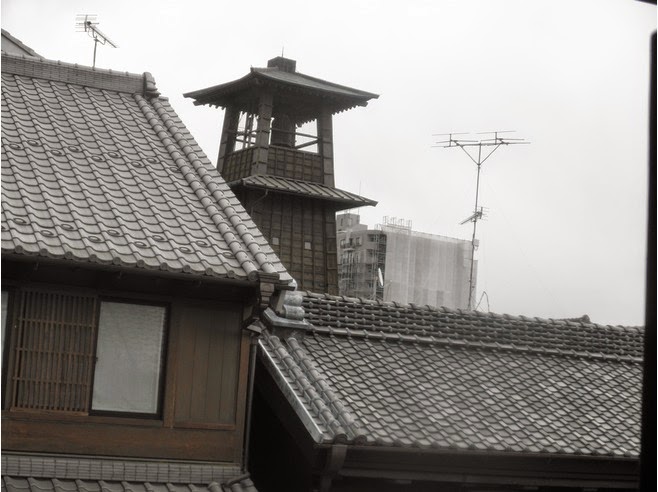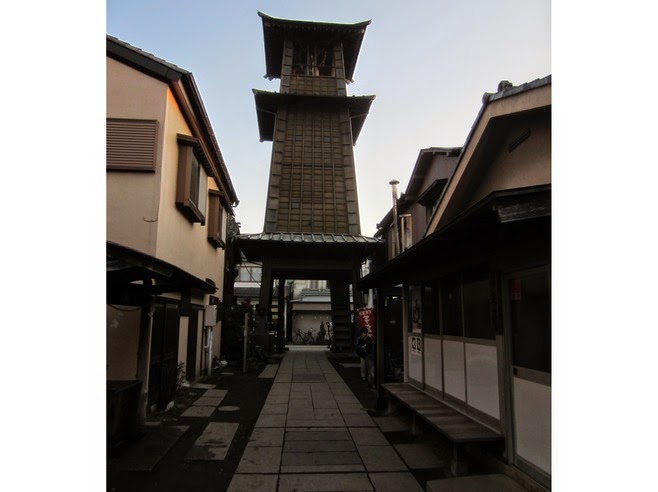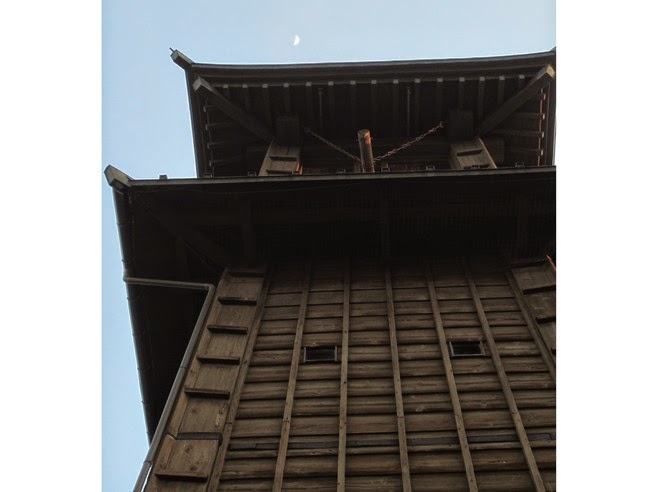Circling around Hokkaido, we knew we wanted to go to cities like Asahikawa and Sapporo. From Kushiro, the most logical route was through Abashiri, a small port town that is also known as a transport hub in Hokkaido. Before our departure from Kushiro, we crossed our fingers and hoped that rain would not delay our journey; fortunately, it did not, and it took us all of 3 hours to arrive in Abashiri. This route is covered by the JR Pass. Kushiro to Abashiri was largely a coastal route, offering many nice views along the way. In Japan there are an indigenous group of people called the Ainu. Again, I’m not a history buff, but there are theories that they are related to the group who first inhabited North America. Some of the artifacts throughout town remind me of Eskimos. Abashiri doesn’t look as rundown as Kushiro, but like Kushiro, is a small and quiet city.
Abashiri JR Station
First Time to AbashiriI went from Wakkanai to Abashiri, to get to Abashiri, I had to go south to Asahikawa, then take a different train to the northeast. At first there was a bit of gnashing of teeth deciding where to go and how long to stay there. Seven days is not that long when you want to see stuff. Then I remembered that my original desire was about the train rides, not where I ended up. It became easy then. Other than Nemuro, I did a different town each night, reserved a room at a hotel in walking distance (with my heavy suitcase) from the train station and that was it. The destinations took care of themselves; I just wanted to travel as far as possible and definitely get to Nemuro.
![]()
![]()
![]()
Abashiri is about an hour away from Kitami, and it is a very beautiful journey. The most memorable part of the journey was when we were passing by Abashiri-Ko (Lake Abashiri) and Izumi pointed out these giant birds on the side of the road. These were humongous birds, and I had to take a picture of them, but of course I had my puny 40mm lens attached to my camera. I quickly scrambled through my camera bag and attached my 28-135mm lens, and simultaneously pulled a U-turn and I started to take some shots. I had to quickly adjust settings, and then focus on the huge birds of prey, and continue repeating the process until I got the right aperture. From the 15 photos shot, I was really happy with two of them, and you can see them below. When I got a home I did a little research on the birds, and it turns out that the birds are called "Steller's Sea Eagle" and it's actually pretty rare to view in the wild. Below are my two favorite shots of the birds.
![]()
![]()
I arrived in Abashiri, I immediately went to check in to the hotel, it was old and kind of lousy but was functional. Also when I first got out of the train station, I was surprised how lousy this town looked like. It looked like any depressed small town in the interior of B.C. Maybe this was because Hokkaido was only settled in the late 19th century and so it doesn’t not have any of the traditional neighbourhoods that you see in old small towns in central Japan. There were no Japanese style houses anywhere in town, it just looked like your typical North American small town with parking lots, and buildings scattered everywhere. When I first arrived at the airport in Sapporo, I made a reservation to go on the icebreaker at Abashiri, but I made the mistake of making the reservation too close to my train arrival time in Abarashi. And since I already paid for the tickets for the icebreaker tour, which was 3000 yen, I needed to get to the ferry terminal quick and I had missed the public bus, so I decided to take the taxi. I had never taken the taxi in Japan before and its really expensive, it only took 10 minutes to get to the ferry terminal from the train station and it cost me 1170 yen. When I got to the terminal, I was surprised that there was so many tour groups there, lots of domestic Japanese tours and lots from Taiwan.
![]()
The Abashiri beach facing to Okhotsk Sea
The Abashiri Harbour
The stute of Ainu Hunter at the harbour
I was really disappointed that there was NO ICE in the Sea of Okhotsk, it seemed that it had all melted, I assumed that late February was still cold enough for the sea to be frozen because it was still really cold. Since there was no ice, it was like a cruise for 1 hour around the sea. There were lots of birds following the boat, and lots of tourists were buying snacks from the gift shop and feeding it birds and then photographing the birds eating the snacks. After that I decided to walk back towards the station because it wasn’t that far and I wanted to see what the rest of the town looked like. It was a really depressing town, almost no one on the streets, and the main shopping street was really deserted and this was in the afternoon. Since there was much less to see than I anticipated, I went to the train station to reserve a ticket for an earlier departure the next day. That night I went to a family restaurant (in Japan “family restaurant” is like Dennys-style type restaurant). I went there because there was nothing to eat near the train station except for this place. This family restaurant was unusual in that it served almost all meat dishes.
Abashiri Famous Crab
![]()
![]()
![]()
![]()
When you visit Japan, you can expect to have outstanding seafood wherever you go, but among the Japanese one region has especially good seafood. That famous region is Hokkaido, and the fish coming from this region is said to be the best due to the cooler waters that surround Japan's northern most island. Hokkaido may be famous for its fish, but as I found out Abashiri is famous for its crab. While at the visitor's center we saw a huge tank a little taller than waist height filled with live crabs. The tank was divided into two sections: on the left-hand side were giant crabs that from limb to limb were as long as my arm, and on the right-hand side of the tank were medium sized crabs that I could hold with my hands placed together. I couldn't believe how big they were, but when I saw how much they cost I was more shocked. The Large crabs cost 8,900 Yen, and the smaller crabs were 4,500 Yen. When you convert the prices they come out to about 100 dollars for the big crabs, and 50 dollars for the medium crab. One thing that surprised me was the lack of color in the crabs' shells, but the next morning on TV their was a report done in Abashiri and they visited a crab processing plant. The program showed the whole process of how the crabs are cooked, and packaged. After the the crabs get boiled the shells get that bright orange you are used to seeing.
Abashiri Prison MuseumMuseum Entrance
The top tourist attractions in Abashiri, the Abashiri Prison Museum. Supposedly, the name Abashiri struck fear in the hearts of Japanese lawbreakers back in the day, as Abashiri Prison was Japan’s first maximum security prison. Many of these prisoners were subject to hard labor (as opposed to execution, a sign of Japan’s ongoing westernization), and were responsible for building many of the roads in Hokkaido (under extremely harsh conditions). The prison itself is based on western design. The museum is the site of the original prison – the prison has now moved to a new location. Abashiri was able to oblige and provided an opportunity for the unique experience of visiting the city’s Prison Museum. During the Meiji Restoration period, the island of Hokkaido underwent a tremendous amount of settlement, development and expansion. With the restoration came a rise in the democratic rights movement and a subsequent increase in the arrest and sentencing of political prisoners. With an excess of prisoners the government sought to bring about a solution to their self-inflicted problem: Send the prisoners to Hokkaido.Abashiri Prison was one of five large prisons established with a mandate to use the prisoners as laborers in the expansion and development of land in Hokkaido. Agricultural practices were established and the prison became a center for soy and miso production as well as the labor behind the development of local and inter-prefectural infrastructure campaigns such as the main road connecting Abashiri and Asahikawa.
![]()
![]()
![]()
The prison cells
The grounds are massive and take at least two hours to see completely. There are 22 building areas in all; some have been completely restored while others are reproductions. You can walk through the agricultural processing areas, solitary confinement, barracks and administration buildings. Perhaps most impressive is the radial five-winged prison modeled after a similar Belgian prison with its guard house located at the center, allowing every wing to be monitored at the same time. One of the unexpected aspects of the prison museum was the life-like mannequins that are located throughout the various buildings. They are very realistic, some eerily so. If you get a chance to visit you may also notice that every guard was apparently required to grow a rather impressive mustache and at one point I couldn’t help myself and snapped a couple of photos. The cost for admission is relatively high at ¥1050, but if you stop at the information center at Japan Rail’s Abashiri Station, you can receive a discounted ticket for ¥940. Access from the station is by bus from stop number two (the information center can provide directions). The bus trip is only five minutes long — but you must tell the driver that you want to stop at Tentozan (costs ¥230 each way). From the stop it is a one kilometer walk up a gradually sloped hill.
![]()
![]()
![]()
![]()
The lives of prisoners are showing to us in this museum
That's concludes of my vacation in Abashiri. For me, it felt more like a 24 hour layover. Though I'd walked around and checked out the Prison Museum, I'd felt like Abashiri would have had much more to offer had we had the means and the time to explore more. On the maps, there were lakes and coastlines to check out, but it would have been difficult for us to make it out because of our transportation situation; attractions in Hokkaido aren’t as well connected by train or by bus as they are on the mainland, making it more difficult for us to visit them. If you want to do sightseeing in Hokkaido, you’re probably better off by renting a car than by relying on public transport as there isn’t a ton of it.
Museum of Northern People
Nature's splendor is at Abashiri's door when you explore the largest town on the Okhotsk Coast on the eastern coast of Hokkaido. Colorful blooms delights at the Koshimizu Gensei-kaen garden, and a ribbon of trails through Shiretoko National Park afford stunning views of the Shiretoko Five Lakes. The Kamuiwakka Falls, "water of the gods," truly live up to their name, and in Shiretoko National Park you'll find five shimmering lakes, each with mystical properties. For the ultimate photograph, travel to the top of Mt. Tento, designated in 1938 as a place of scenic beauty, for panoramic vistas.
![]()
![]()
![]()
![]()
During the winter, the Sea of Okhotsk is renowned for its dramatic ice drifts, and a visit to the Okhotsk Ryuhyo-kan (Ice Flow Museum) offers a chilly yet thrilling opportunity to touch one of these drifts yourself. Abashiri offers a glimpse into the region's history at the Hokkaido Museum of Northern Peoples and displays its unusual history as a prison town in its open-air prison museum. The Dramatic morning market is a great place to sample local delicacies, including fresh-from-the-sea basket freshwater clams, perfect with an Abashiri Beer, the town's own microbrew. Unwind at the Lake Abashiri hot springs, the perfect end to a site-filled day.
However, if we had rented a car, we could have visited the northern coast of Japan which lies across from Russia; we could have visited Shiretoko National Park, a UNESCO World Heritage Site (that also happens to have very good uni, so we heard); if we came during the right times, we could have seen the drift ice and even seen northern aurora lights. There were a lot of what ifs during our stay in Abashiri, and that remains our impression of the city. There’s probably a lot more out there than we saw, so for now we’ll reserve our judgement on the place. It was just a one day layover after all.











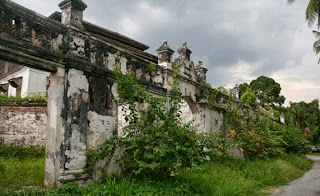
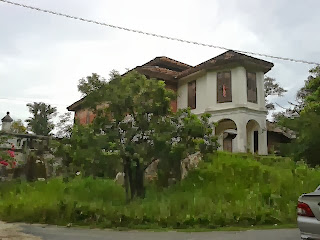




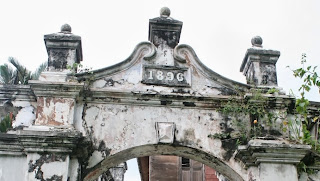



















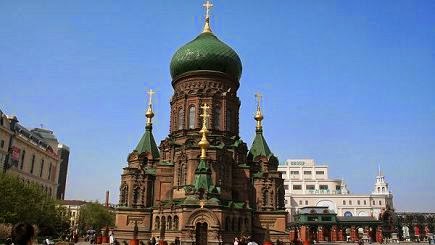
.jpg)











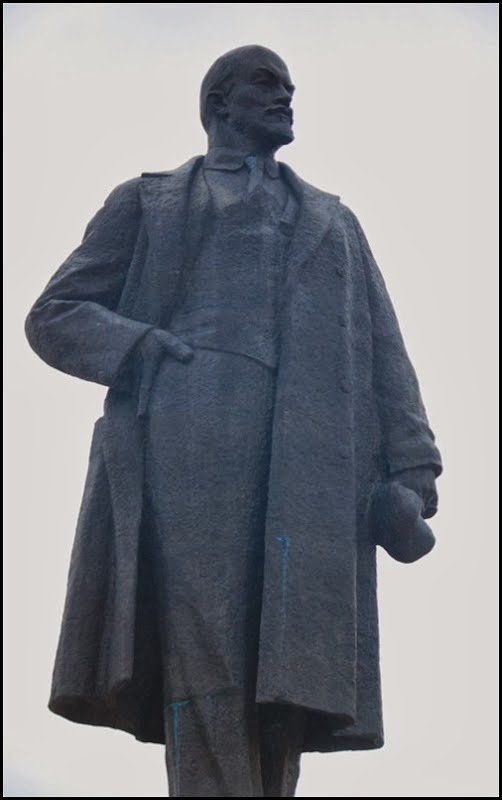










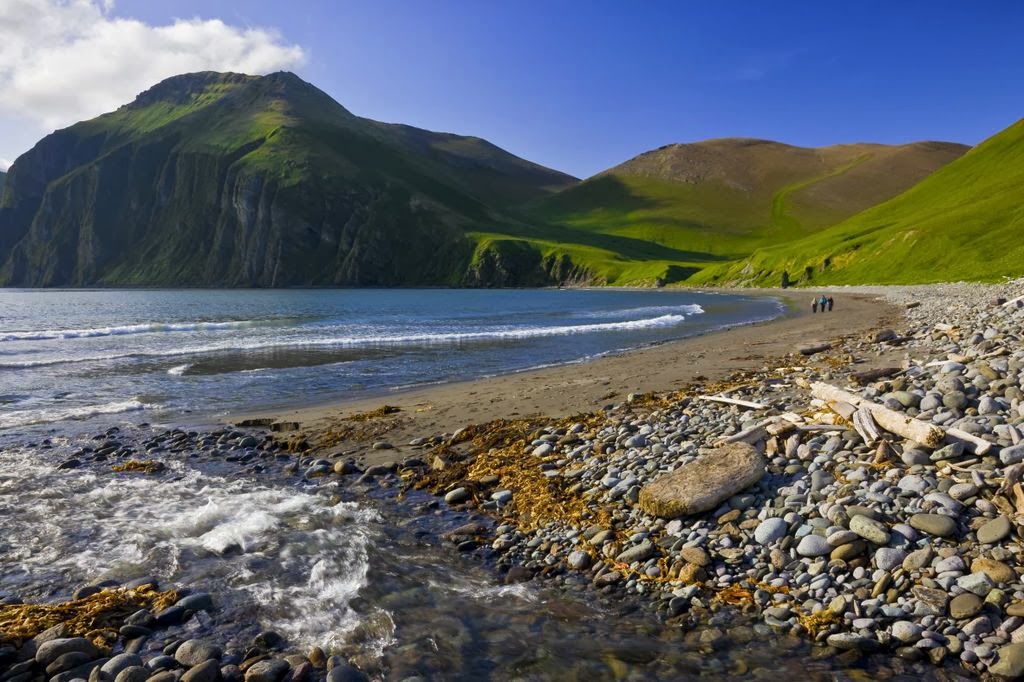



















































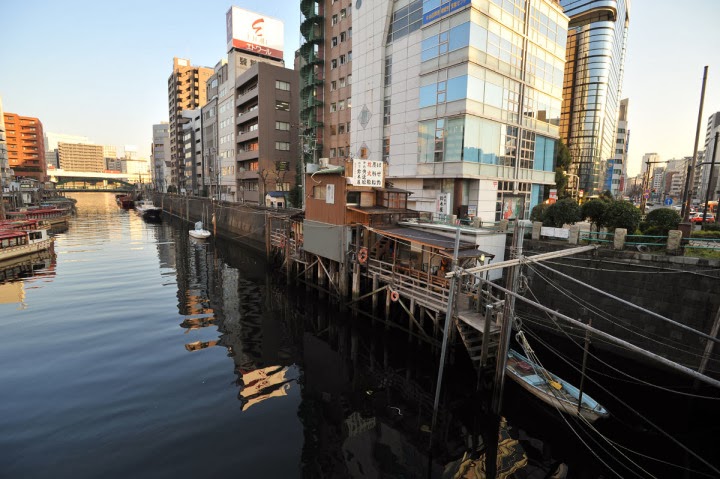










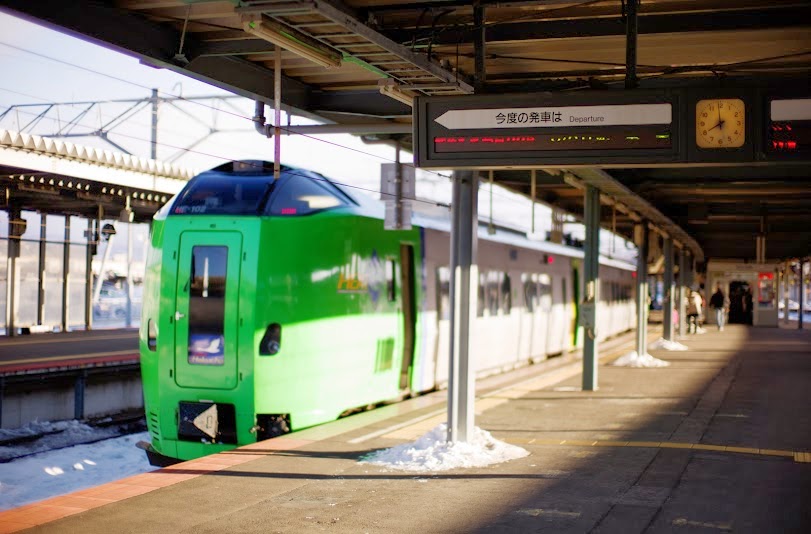






























.jpg)















